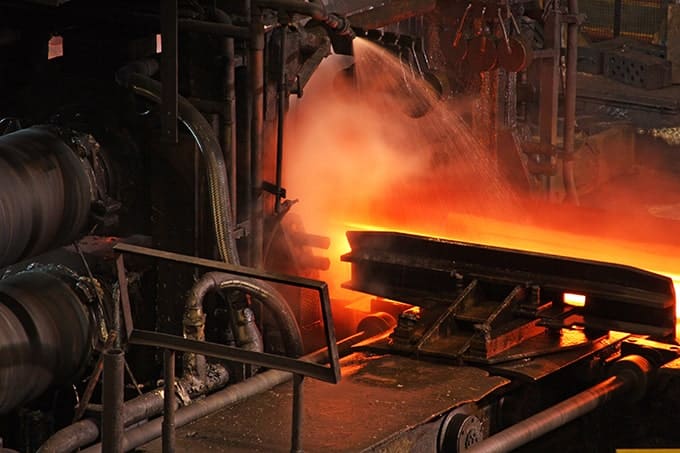Fire Safety
ENHANCE FIRE SAFETY
USING
NON-CONTACT IR TECHNOLOGY
PREVENT IRREVERSIBLE DAMAGE
Detecting fires early using infrared cameras and thermometers is a crucial safety measure in industry, aimed at preventing irreversible damage in industrial facilities and buildings.


Infrared Cameras monitor hot spots on conveyor belts
Detection of hot spots in bulk material storage units can reduce safety risks and prevent damage to equipment

Fire Safety in Bulk Material Storage
Detection of hot spots in material storage can reduce safety risk and prevent damage to equipment

Fire Safety in DRI Conveyor
Real time thermal monitoring on DRI conveyor using thermal imaging.. Alarm generated when temperature is above 80C before resulting in fire so that operator to take preventive measures

Fire Safety in Switchyards HTEAF Transformers
Infrared technology for early stage fire detection.
Continuous monitoring with increased confidence in safety. Quick response alarm system that helps to reduce insurance costs and prevents damage and downtime.

Fire Prevention in Coke Oven
The hot spot (hot spot) is scanned with the thermal camera on the conveyor belt taken from the coke battery and the cooling system is inserted into the hot zones for the detected hot zones and temperature homogenization is provided

Fire Prevention in Garbage Bunkers
The initial stage of waste recycling generates heat at the refuse bunker, posing a potential fire risk. To mitigate this danger, bunkers can be equipped with a comprehensive infrared camera monitoring system

Preventative Monitoring Saves lives and costly equipment
Non-contact thermal imaging is an invaluable tool for fire safety and prevention. Here’s how it works and why it’s so useful:
• Detection: Thermal imaging cameras detect heat signatures, allowing them to identify hotspots and potential sources of fires. These cameras can “see” in total darkness, smoke, or through light foliage, making them effective in various conditions.
• Early Warning: By detecting heat anomalies before a fire erupts, thermal imaging helps provide early warning, allowing for timely intervention and prevention of potential disasters.
• Monitoring: Thermal imaging cameras can continuously monitor areas prone to fire hazards, such as industrial sites, forests, or buildings with electrical systems. They can detect temperature changes and alert personnel to potential dangers.
• Remote Sensing: With advancements in technology, thermal imaging systems can be integrated with drones or satellites for remote sensing of large areas. This capability enhances the efficiency of fire detection and monitoring, especially in hard-to-reach or expansive regions.
• Preventive Maintenance: In industrial settings, thermal imaging is used for preventive maintenance of machinery and electrical systems. By detecting overheating components early on, potential fire hazards can be mitigated before they escalate.
• Cost-Effective: While thermal imaging technology was once prohibitively expensive, advancements have made it more affordable and accessible. This allows for widespread adoption across various industries and applications, enhancing overall fire safety measures.
Recent Posts
- How to Select the Ideal Non Contact Thermometer for Your Requirements July 19, 2024
- Applications and Benefits of Pyrometers in Metal Processing July 19, 2024
- Condition Based Monitoring of Tuyeres in Blast Furnace May 27, 2024
- Importance of Thermal Imaging for Hot Rolling Mills May 20, 2024
- Importance of Thermal Imaging for Additive Manufacturing May 20, 2024



